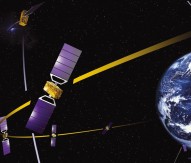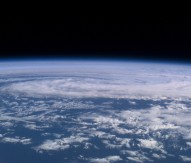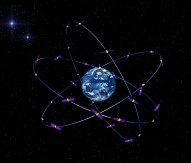
Astronomers discover ‘largest’ neutron star
Astronomers part-benefitting from a European Research Council grant have discovered the Universe’s largest neutron star.
The team from the Max Planck Institute for Radio Astronomy in Bonn, Germany, used radio and optical telescopes to investigate a new space pulsar and its nearby white dwarf. They discovered that the pulsar and white dwarf system has some unusual characteristics, including a weight twice that of the Sun. Consequently, it is understood to be the most massive neutron star discovered to date.
The pulsar, known as the PSR J0348+0432 binary system, is also found to agree with Einstein’s theory of general relativity, which states that, because the pulsar and white dwarf are separated by just 830,000km, they are close enough to emit a significant amount of gravitational waves. As such, according to Einstein, this close distance should make the orbital size and period shrink. However, to verify it, both the mass of the pulsar and its companion must be known.
In comments carried on the ERC website, Dr Paulo Freire, who received an ERC Starting Grant in 2011 and helped make the discovery possible, said: “Our radio observations with the Effelsberg and Arecibo telescopes were so precise that, by the end of 2012, we could already measure a change of 8 microseconds per year in the orbital period, exactly what Einstein’s theory had predicted.
“The funding of the European Research Council is a truly momentous occasion for young researchers to conduct their research and acquire the equipment they need. My ERC grant will help us to develop a new state-of-the-art instrument for the Effelsberg radio telescope. With this new cutting-edge instrumentation, we expect to improve further the accuracy of today’s results.”
ERC Starting Grants assist young researchers in advancing their careers and aim to plug the brain drain to the USA, India and China. The grants are open to researchers with between two and seven years of research experience.






